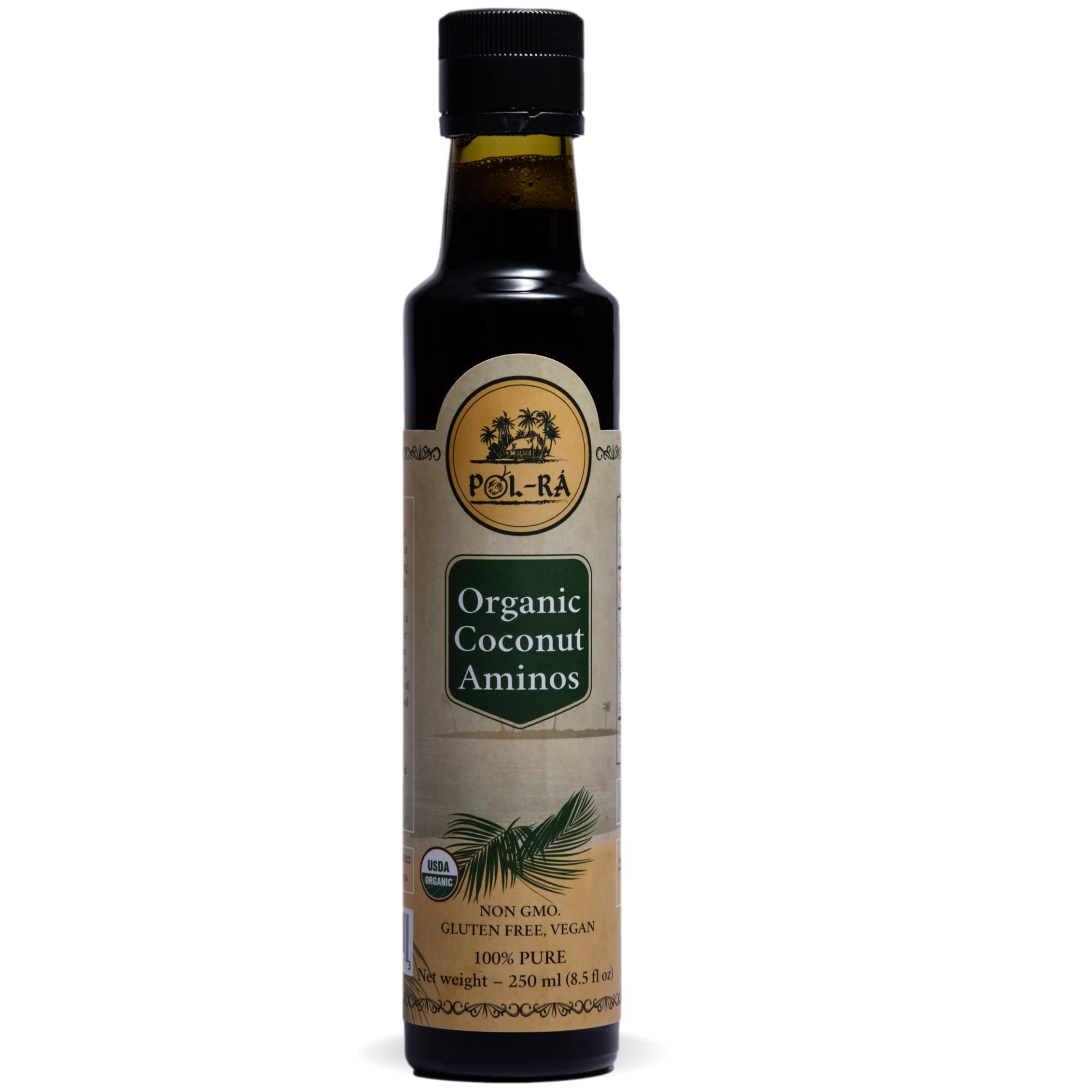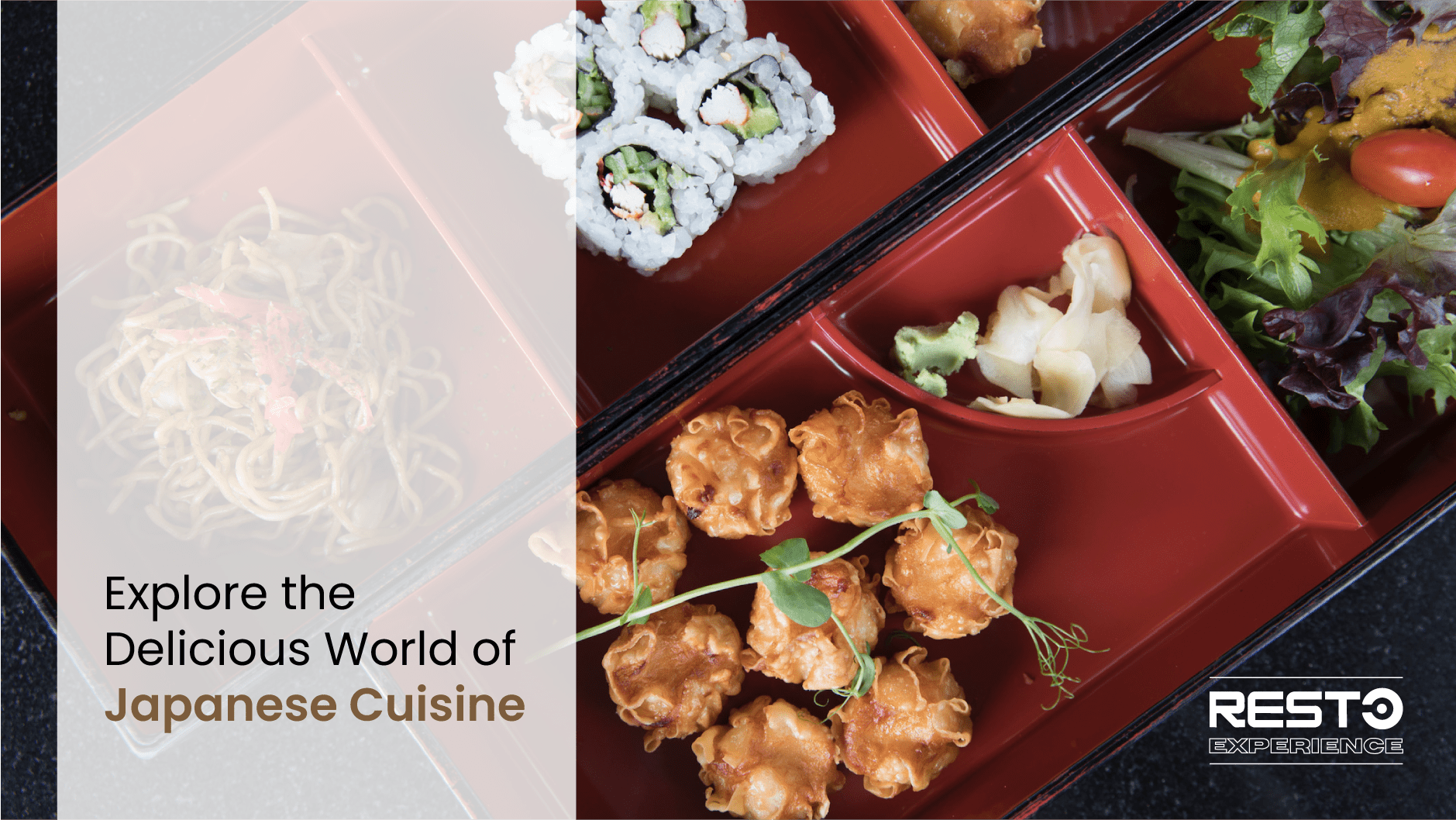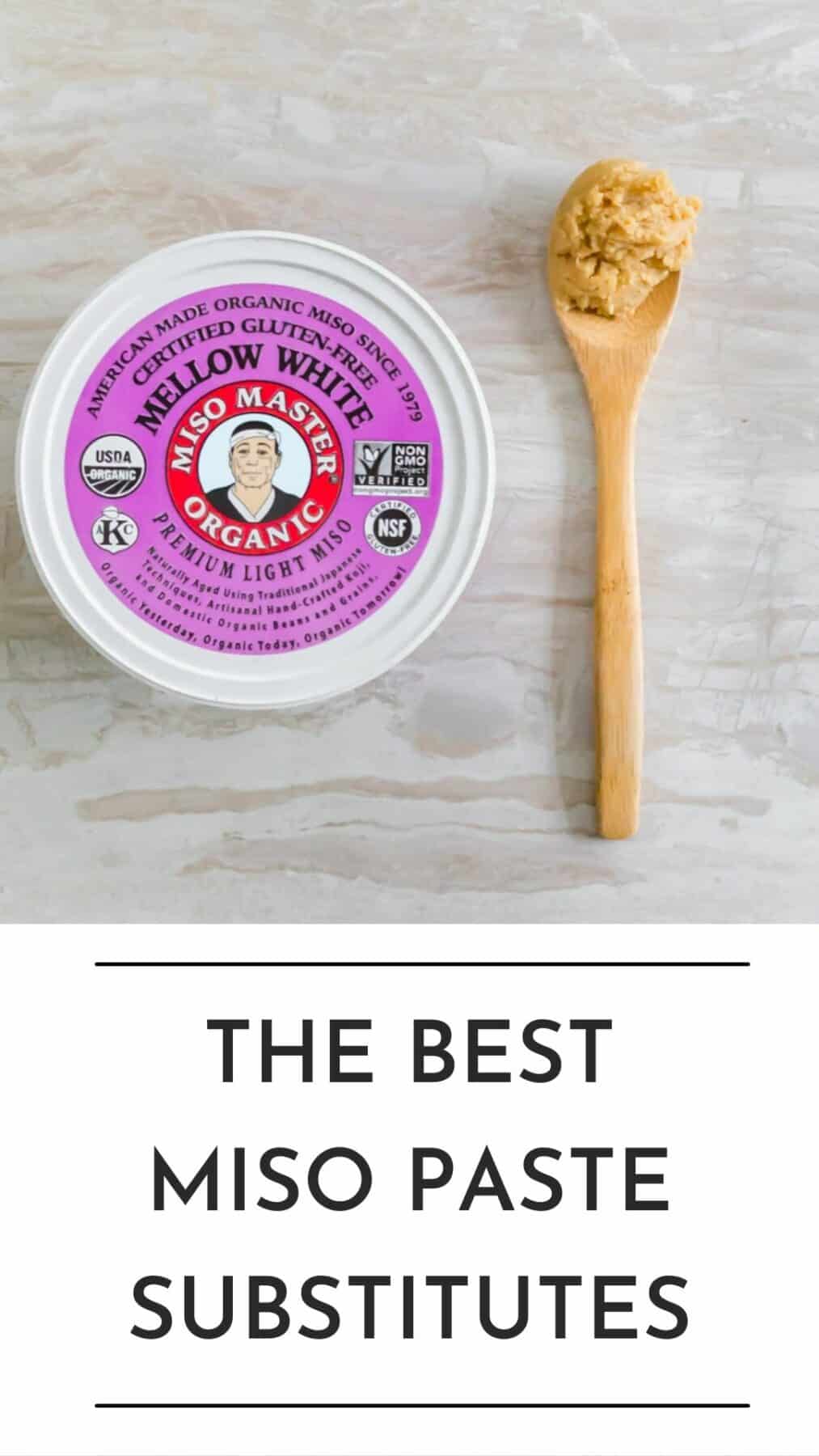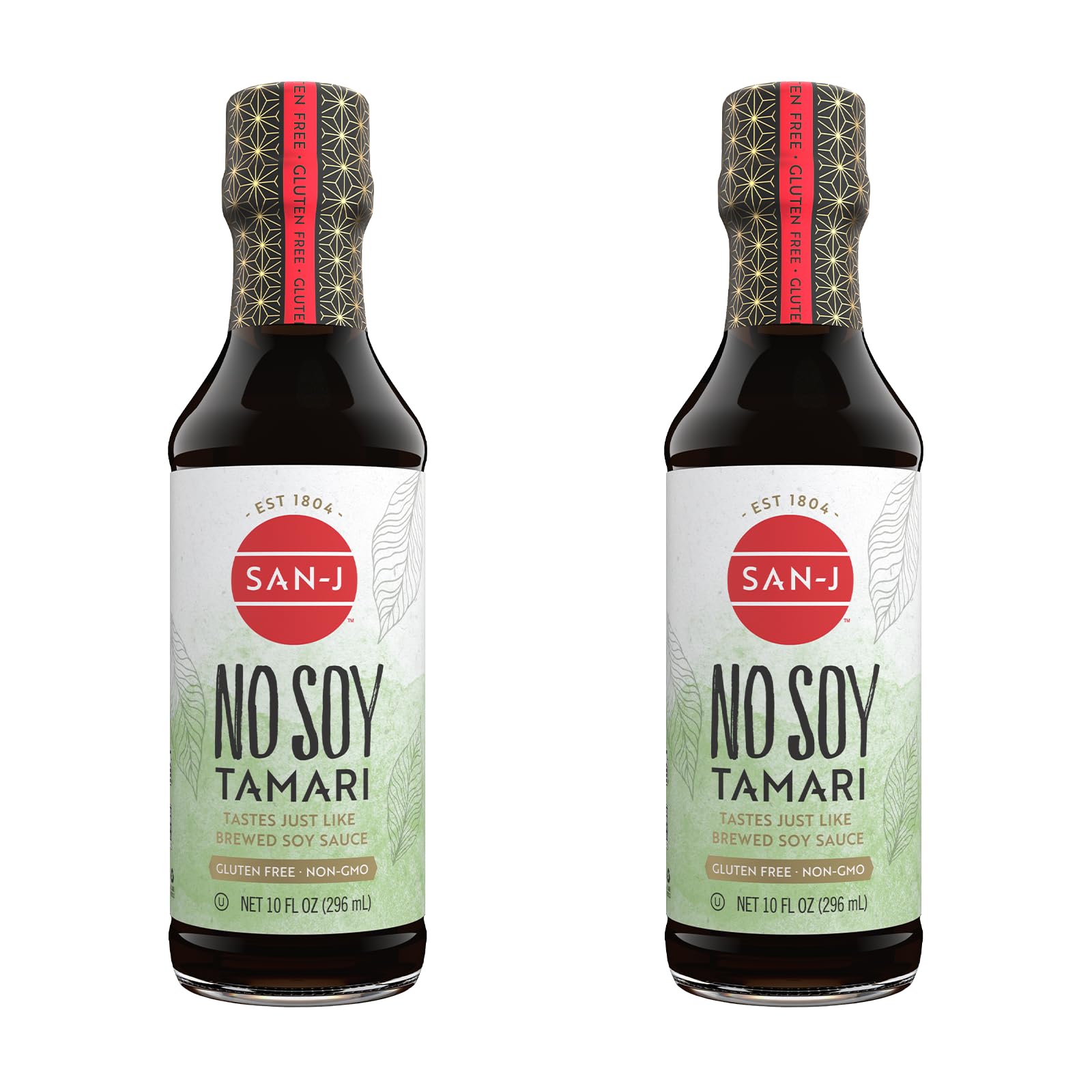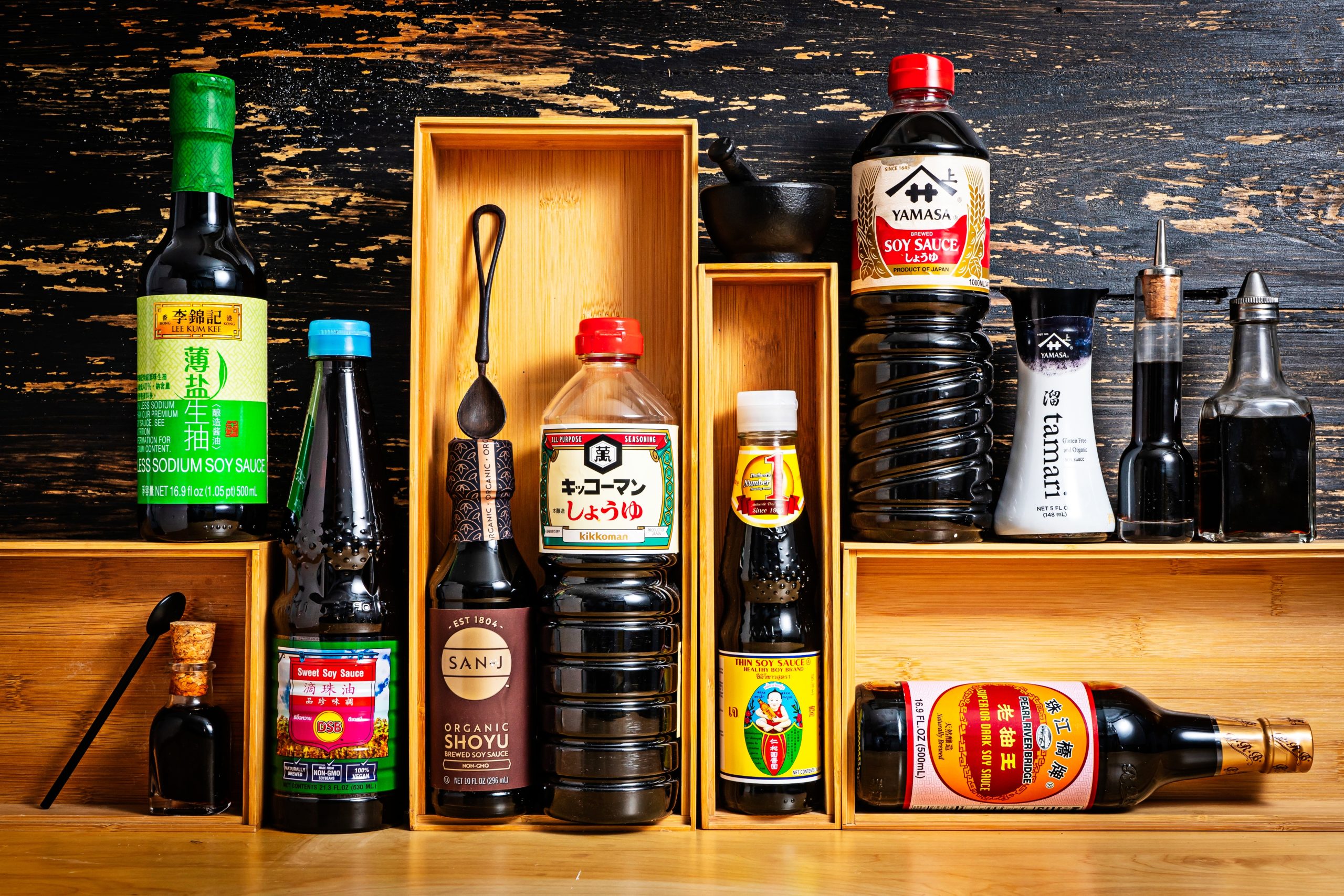The Perfect Substitute for Coconut Aminos: Explore Endless Possibilities
List of Substitutes for Coconut Aminos:
1. Liquid Aminos: Liquid aminos can be used as a substitute for coconut aminos. However, it’s important to consider the reason for using coconut aminos, such as ensuring a gluten-free dish.
2. Bragg’s Liquid Aminos: Bragg’s Liquid Aminos is a similar product to coconut aminos, but it contains soy and is high in sodium. It can be used as a substitute in a 1:1 ratio, adjusting for the saltier taste.
3. Soy Sauce: Soy sauce is a popular substitute for coconut aminos. It has a stronger flavor and higher salt content but can be used in a 1:1 ratio.
4. Tamari: Tamari is a Japanese version of soy sauce that is gluten-free and has a richer flavor. It may still be saltier than coconut aminos.
5. Dried Mushrooms: Dried mushrooms can be used as is or soaked in water to replace coconut aminos.
6. Oyster Sauce: Oyster sauce, which has a sweet and salty flavor, can be used as a substitute in a 1:1 ratio. However, it may contain gluten and soy.
7. Worcestershire Sauce: Worcestershire sauce adds depth to dishes and provides an umami flavor. It can be used as a 1:1 replacement for coconut aminos in recipes, but some brands contain gluten, and it is high in sodium and sugar.
Please note that this list is for informational purposes only and not medical advice.
Continue Reading